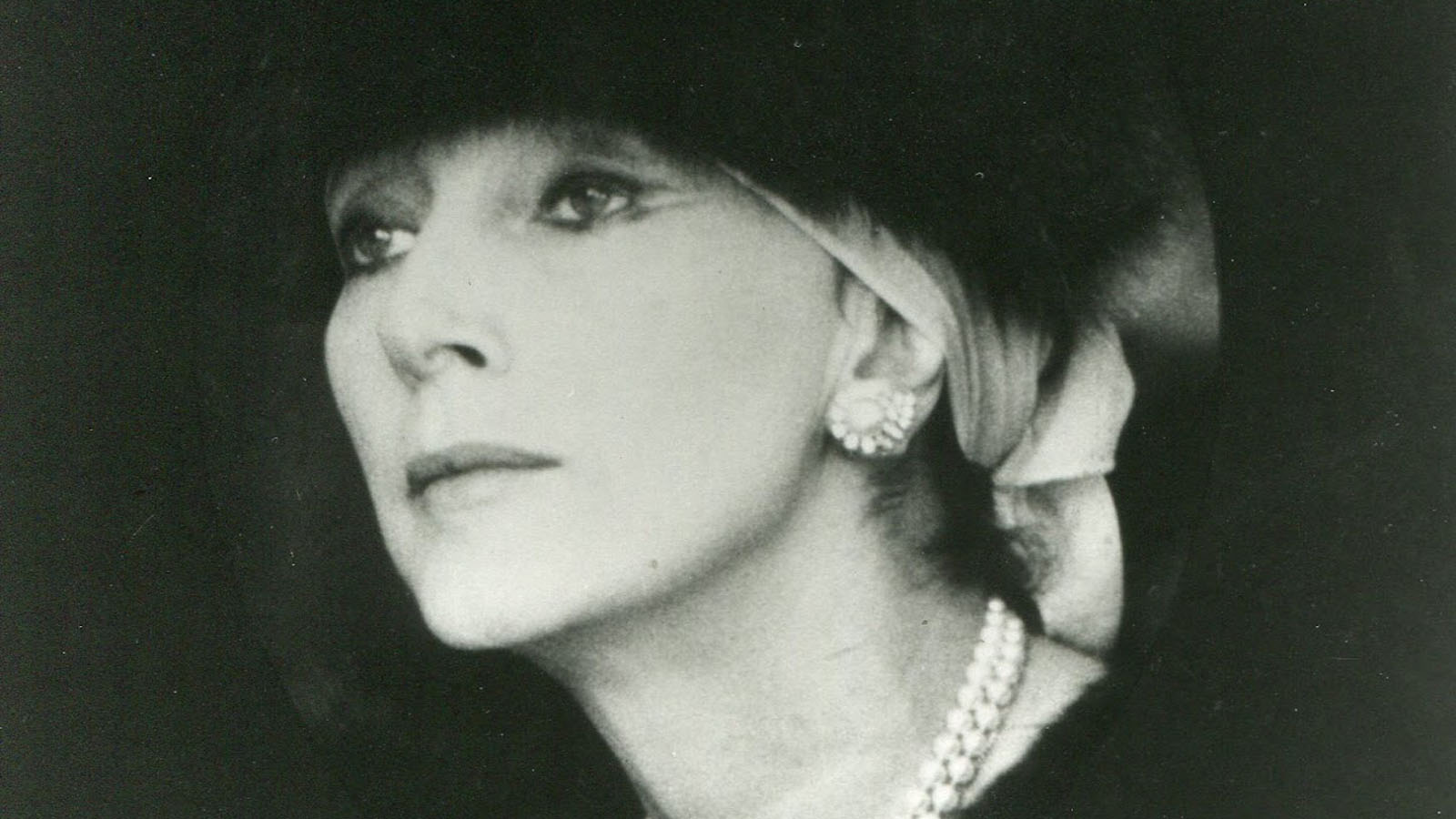Valentina Cortese, from Ingénue to Diva

“A real character, extremely feminine, and very funny,” François Truffaut once said of Valentina Cortese, the Italian actress who passed away on Wednesday at the age of ninety-six. Truffaut had cast her as Séverine, a legendary but waning diva who plays opposite Alexandre (Jean-Pierre Aumont) in Meet Pamela, the fictional production at the center of Truffaut’s Day for Night (1973). Séverine and Alexandre had once been lovers, and their breakup was a nasty one, but fortunately for him, she remembers none of all that. “The trouble is,” writes David Cairns in the essay accompanying our release of Day for Night, “the perpetually squiffy Séverine doesn’t remember anything else, either, including her lines or the location of the set door. Her suggestion that she just recite numbers, ‘like with Federico,’ refers to Fellini’s practice of dubbing, which Cortese would have encountered when they made Juliet of the Spirits together in 1965.”
Having worked with several other major filmmakers besides Truffaut and Fellini, Cortese could have dropped any number of heavyweight real-life names. Born to a single mother in Milan and raised by her grandparents in Turin, Cortese studied acting in Rome and began appearing on screens throughout Italy in 1941. She’d already performed in nearly two dozen films before she broke through internationally in Riccardo Freda’s Les misérables (1948), in which she played both Fantine and Cosette and appeared alongside Gino Cervi and a very young Marcello Mastroianni.
The following year, she took on her first English-speaking role in a British production, Henry Cass’s The Glass Mountain, and then another in Gregory Ratoff’s Black Magic with Orson Welles. Her turn in that film caught the eye of producer Darryl F. Zanuck, who immediately signed her up to a seven-year contract with 20th Century Fox. “Early reviewers described her gamine beauty and enigmatic Mediterranean charm as perfect for ingénue roles,” writes Paul Vitello in the New York Times. “She was cast in three films in quick succession in the first two years of her contract, all of them opposite top male stars.” For the Guardian’s Ronald Bergan, the “first and best of these was Jules Dassin’s Thieves’ Highway (1949), in which she brought a whiff of neorealism to her role as a prostitute.” She costarred with Lee J. Cobb and Richard Conte, and then, in Richard Thorpe’s Malaya (1949), with Spencer Tracy and James Stewart.
Bergan adds that in The House on Telegraph Hill (1951), “a richly layered film noir directed by Robert Wise, she portrayed a survivor from a Nazi concentration camp who assumes the identity of a dead prisoner in order to enter the U.S. Vulnerable but inwardly strong, Cortese interacts superbly with Richard Basehart, playing a man trying to murder her for her estate.” Cortese and Basehart married and left Hollywood for Rome, where Basehart played the tightrope-walking Fool in Fellini’s La strada (1954) and Cortese appeared with Humphrey Bogart and Ava Gardner in Joseph Mankiewicz’s The Barefoot Contessa (1954) and played the sharpest of five women in Michelangelo Antonioni’s Le amiche (1955). When Basehart and Cortese divorced in 1960, he returned to the States, leaving her to raise their son, Jackie Basehart, who’d grow up to become an actor himself.
Professionally, Cortese barely slowed down, though her choices were growing more eclectic. She appeared in Mario Bava’s The Evil Eye (1963) and Joseph Losey’s The Assassination of Trotsky (1972), and began a long working relationship with the late Franco Zeffirelli with Brother Sun, Sister Moon (1972). Below Bergan’s obituary, the Guardian has posted a remembrance from the late John Francis Lane, who notes that in theater circles, Cortese “became a cult figure for addicts everywhere of high camp. Her fans in Italy even adored her in the short-lived Roman run, in 1973, of Luchino Visconti’s travesty of Harold Pinter’s Old Times. Cortese was encouraged by the ailing director to make explicit the lesbian relationship only subtly hinted at in Pinter’s original.” And on the opening night of Zeffirelli’s 1983 production of Friedrich Schiller’s Mary Stuart, “she seemed eager to replay her famous Truffaut role and forgot her lines.”



